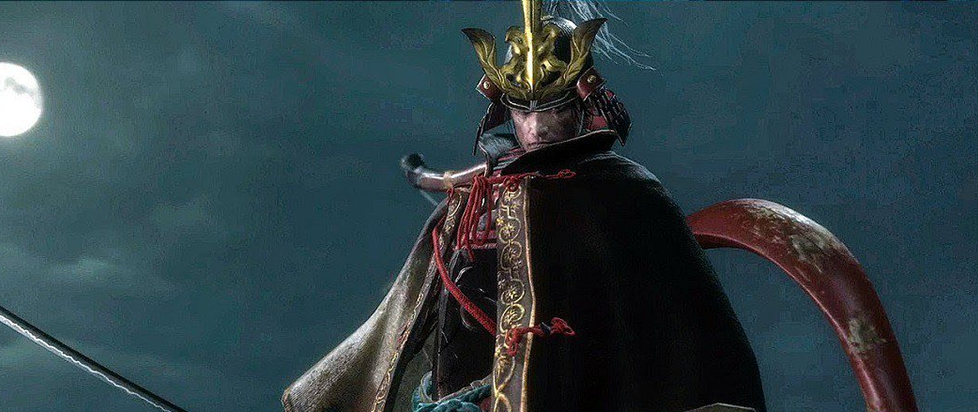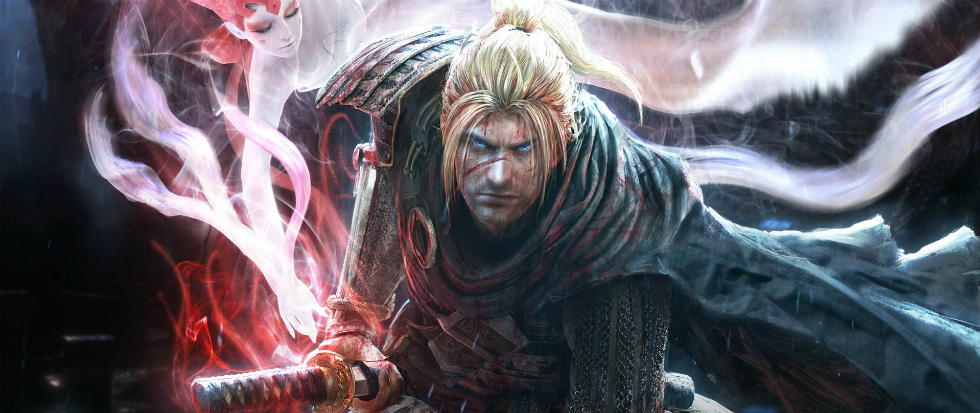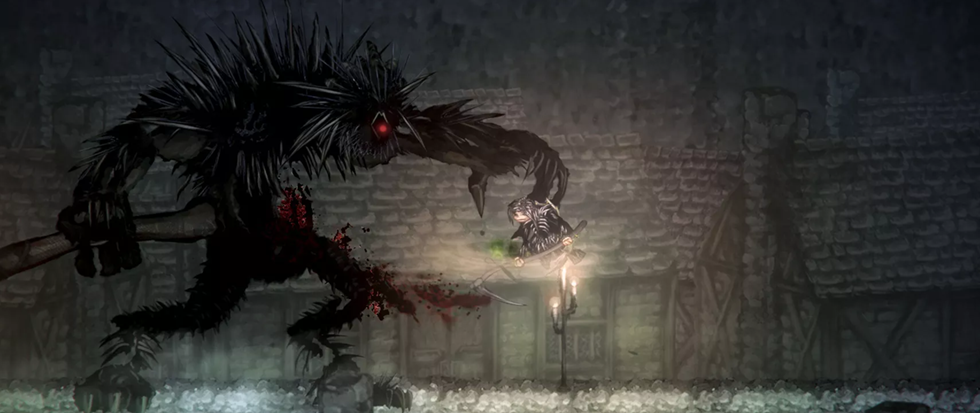
A Sekiro Journey: Isshin, the Sword Saint
The concept of pacing in games doesn’t just apply to level design or the in-game narrative. It applies to individual encounters as well, and nowhere is that more apparent than the final boss of a game. Often the grandiose capstone to a game experience, it’s also potentially the easiest to screw up. Have it be too short and you leave the player feeling unfulfilled. Have it be too long and you just wear on your player’s patience, marring the achievement. But pacing in final boss battles is more than just a simple sweet spot of length of time. It’s about taking the player on a journey, with ebbs and flows even as you continually ramp the stakes and danger up. That’s why the final boss of Sekiro: Shadows Die Twice, while being perhaps a bit too overly long, is also perfectly paced, capping your experience with an intimate yet epic confrontation.
Sekiro is a game defined by its so-called Deathblows, a term used to define literal deathblows against normal enemies, but also to mark milestones in longer fights. Deathblows in boss fights are actually a great way of delineating the pace of a battle without entirely spelling it out. Between each deathblow, a given boss can exhibit a completely different attack pattern than they previously showed, allowing for boss battles that can feel like journeys in and of themselves. Of course, the minor bosses don’t generally change their behaviors, but the bigger ones usually do. Just look at the Guardian Ape for a good example. Before the first Deathblow, the ape rampages around the battlefield, slamming everything in its wake into the ground. After the first Deathblow, however, the ape literally loses its head and starts attacking with a sword using a slippery, hard-to-follow style. It’s one boss, but two different phases, paced to make the whole fight feel fresh.
Not every boss goes to such lengths to switch things up, mind. Usually the second phase only adds a new element to familiar patterns, like the illusory nonsense of Lady Butterfly or the smoke bombs of Great Shinobi Owl. But the final boss, which features a tag team of Genichiro, Way of Tomoe and Isshin, the Sword Saint, takes the idea to its logical conclusion in gloriously excessive form. Normally, bosses in Sekiro only require two Deathblows to beat, but the entire end sequence makes you go through four, with entirely different phase patterns between each one. The fight starts with Genichiro, who only has one Deathblow, and features a different attack strategy than when you first encountered him earlier in the game. Here, he uses a gigantic slashing attack that you’ll want to do everything in your power to avoid. Otherwise, it’s bread-and-butter Sekiro flow as you get up in his face and learn his sword strikes as you try to deflect them and wail away at his Posture until you finally finish him off.
It’s here that Isshin appears, complete with three Deathblows. Truth be told, the first phase of Isshin is a lot like Genichiro’s segment, except more disciplined and with fewer openings. You still have to learn Isshin’s sword style, which while can be approached like you did Genichiro, it’s a completely different set of behaviors that you have to learn. And an extra wrinkle is added in: You can’t just start beating Isshin down to break his Posture because it starts filling up at too fast of a rate, meaning that you’re going to have to deal some Vitality damage before you go on the offensive. The best place to do this is when you’re dodging his big dashing slash attack, rolling behind him to get a few hits in. It’s definitely a step above Genichiro difficulty-wise, but with practice it becomes manageable.
After Isshin’s first Deathblow, he grows a spear and entirely changes his playbook. Instead of the very deliberate sword techniques that he had been using, Isshin gets aggressive and gains an incredible amount of reach. This is Isshin at his most dangerous, cresting at the top of a peak of tension. And yet you’ll still want to hold course and get in his face when you can, blocking everything that he throws at you. This is easier said than done since he completely changes his battle pattern, but when you do start to learn it, you begin to become more confident in approaching him, as his aggression with his new spear is incredibly intimidating. And then you begin to see his openings, especially the one where he lunges at you. That’s a critical moment, because all you must do is dodge toward him as he’s doing it and you’ve not only not taken any damage, but you’re behind him, which lets you get a few unblocked hits in for more necessary Vitality damage. This phase more than ever, though, you’ll want to remember to manage your own Posture, refilling the gauge by holding the block button. His spear does a lot more Posture damage, so you’ll want to start fresh after every volley.
After this incredibly difficult phase, only one thing has changed: Isshin now has a ranged lightning attack. At first, that sounds even worse than the previous phase. But in reality, it’s a gift to you: That attack is incredibly easy to counter, and when you do, it does massive Vitality and Posture damage to him. The new move makes the stakes feel even higher than before, but in reality the fight feels accelerated in your favor. Where the previous Deathblows felt like grueling marathons, the last phase is a downhill bicycle race where you can coast if you know what you’re doing. And that’s the genius of this last encounter: It tricks you into thinking the stakes and danger constantly rise, but really, the fight thrums between manageable and intimidating, frustration and eureka moments. This final boss is truly a journey.
Not that it’s a perfect boss encounter. Again, it’s a long one, and every successive death means you’ll have to go through all those phases again. But it encapsulates the Sekiro experience perfectly, one of immense frustration and eventual mastery. It’s a fight that asks you to use all the techniques and ethos that Sekiro instilled in you throughout the game, a voice that tells you to be bold in the wake of danger and to face it head on. And it’s not just a flat line on a graph or one that just keeps sloping upward. The bumps and curves that actually make up the underpinnings of the fight represent the absolute best of what Sekiro has to offer mechanically.





